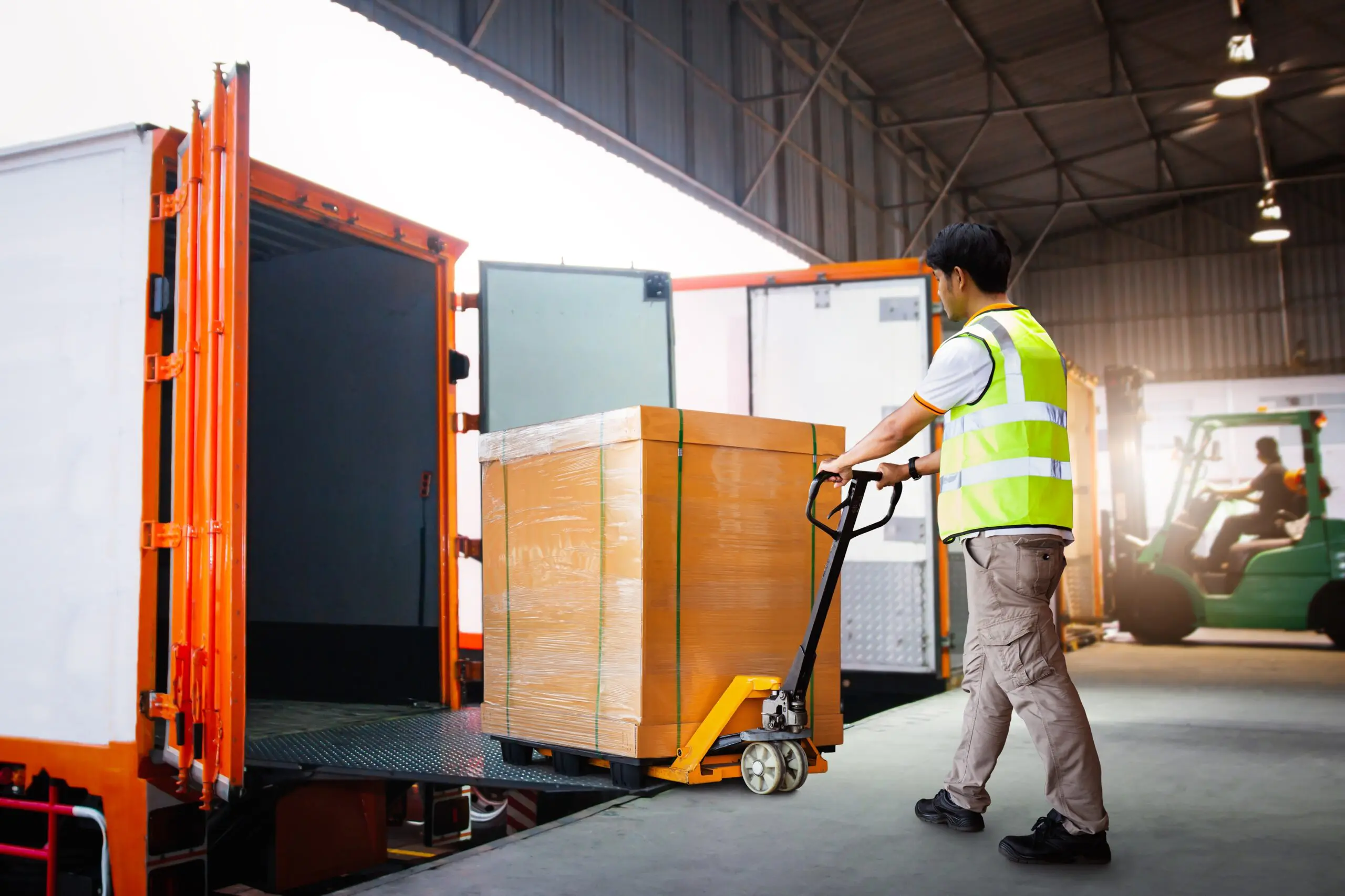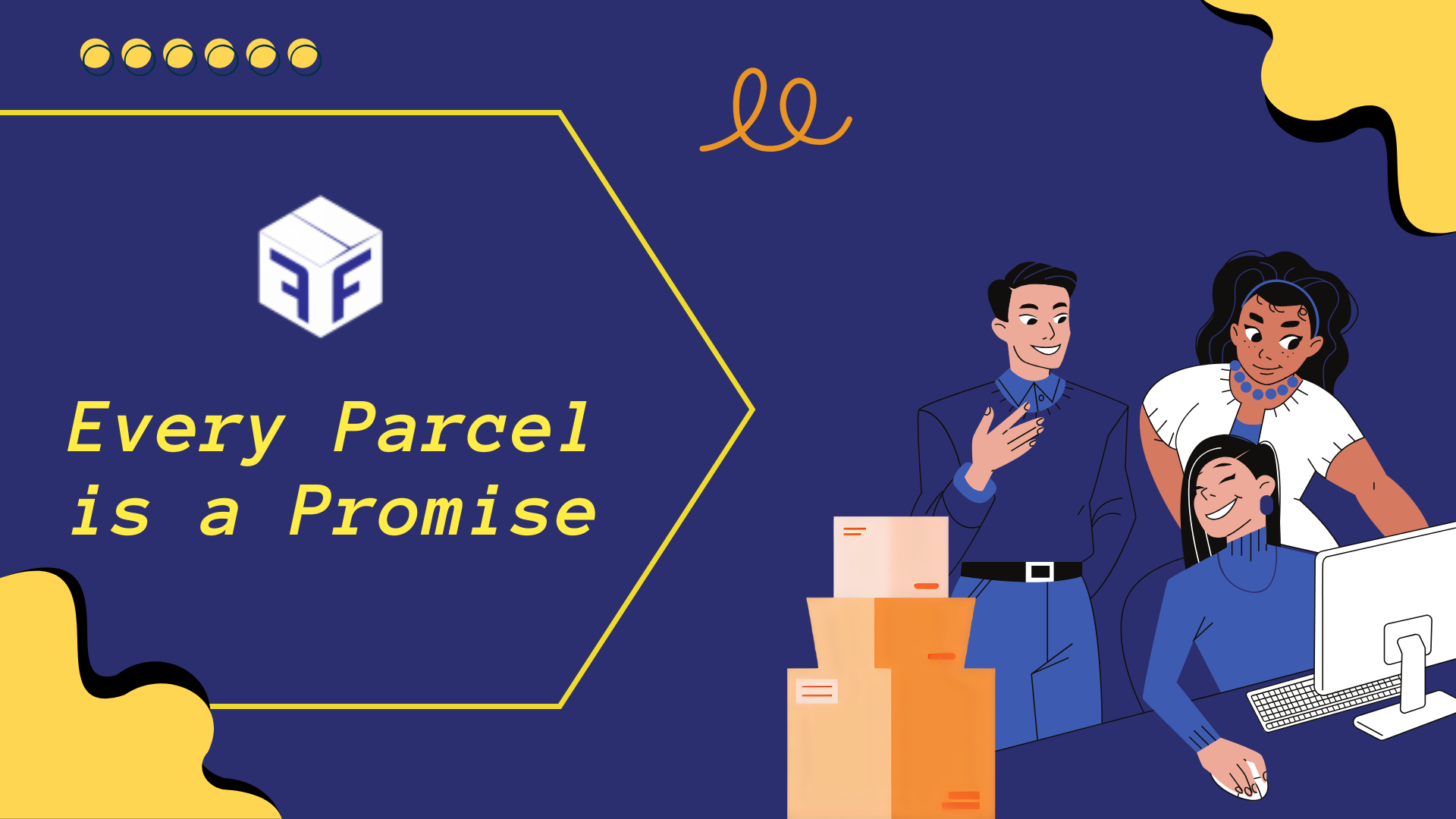Table of Contents
1. Key Factors for Scalable Dropshipping Success
2. Overview of Popular Sourcing & Dropshipping Platforms
3. AliExpress vs. 1688: The Most Common Dilemma
4. Agent vs. Platform: Why Fulfillment Is Half the Battle
5.What About U.S. or EU-Based Warehouses?
6. Shopify Integration and Automation: Underrated Factor
7. Why Brands Switch to FF Logistics
8. Final Thoughts: Choose What Fits Now, But Plan Ahead
Introduction: The Real Challenge of Scaling a Dropshipping Business
In the early stages of launching a dropshipping store, platforms like AliExpress offer convenience, flexibility, and a low barrier to entry. But as your business grows, those same advantages can quickly become obstacles. Long shipping times, inconsistent product quality, and lack of branding control can eat away at your customer trust—and profits.
For DTC brand owners using Shopify, WooCommerce, or other eCommerce platforms, the question is no longer “Can I dropship?” but “Which platform can I scale with?” This guide dives into the top sourcing and fulfillment platforms—both international and China-based—and breaks down their pros, cons, and use cases for growing brands.

1. Key Factors for Scalable Dropshipping Success
Before jumping into specific platforms, let’s define what “scalability” means in the context of dropshipping. It’s not just about handling more orders—it’s about:
• Fast and consistent shipping across multiple regions
• Reliable product quality and QC systems
• Automated fulfillment workflows and integrations
• Custom branding and packaging options
• Reasonable costs per order even at scale
Many platforms work well for testing or low volume. But as you move toward 100+ orders per day, gaps begin to show.
2. Overview of Popular Sourcing & Dropshipping Platforms
Here’s a breakdown of key platforms and sourcing options used by growing DTC brands:
| Platform | Location | MOQ | Branding Support | Shipping Speed | Transparency | Best For |
| AliExpress | Global (China-based) | No | ❌Limited | 7–20 days | ✅Mostly visible | Beginners, low volume |
| 1688 | China | Yes | ✅Available | 5–12 days | ❌Requires agent | Best prices, requires support |
| Alibaba | China | High | ✅Full control | 15–30 days | ✅Quotation based | Bulk sourcing |
| CJ Dropshipping | China | No | ✅Partial | 5–12 days | ✅Visible | Mid-scale DTC stores |
| DHGate | China | No | ❌ | 10–20 days | ✅Mixed reliability | Cheap fashion, gifts |
| Banggood | China | No | ❌ | 10–20 days | ✅Visible General | electronics/gadgets |
| Weidian / Taobao | China | Yes | ❌ | 7–15 days | ❌Mandarin-only | Local Chinese agents |
| Temu | China → Global | No | ❌ | 7–15 days | ✅retail pricing | Not for reselling |
| LightInTheBox | China | No | ❌ | 8–18 days | ✅ | Lifestyle/fashion brands |
3. AliExpress vs. 1688: The Most Common Dilemma
When DTC sellers consider scaling, they usually face one major choice: stick with AliExpress, or move to 1688?
• AliExpress is beginner-friendly. No MOQ, simple order process, and integration with Oberlo/DSers. But it’s slow and limited when it comes to quality control, branding, and bulk fulfillment.
• 1688, on the other hand, offers unbeatable prices. It’s the platform Chinese sellers themselves use. But it’s fully in Chinese, requires a trusted local agent or 3PL, and involves more backend coordination.
✅ For brands shipping 50+ orders per day, 1688 + reliable fulfillment partner usually wins out on cost, speed, and consistency.
4. Agent vs. Platform: Why Fulfillment Is Half the Battle
Here’s where many brands make a critical mistake—they choose a sourcing platform, but ignore the fulfillment flow.
In scalable dropshipping, having a partner who can:
• Receive, QC, and consolidate goods from multiple suppliers
• Store and fulfill orders fast (same day or next-day)
• Offer real-time dashboard and tracking
• Handle returns and customer service in your time zone
is just as important as getting a cheap unit price.
Platforms like AliExpress or CJ can handle this internally, but you lose flexibility. Working with a fulfillment center or 3PL gives you control over supplier choice, packaging, and speed.

5.What About U.S. or EU-Based Warehouses?
Some sellers ask: “Should I move everything to a U.S. warehouse to speed things up?”
Yes—but only after product-market fit. Until then, you risk holding inventory that may not move.
Many 3PL providers now offer hybrid models:
• Store goods in China → ship to end customers or transfer to U.S. later
• Save on cost upfront, maintain fast delivery later
Unless you’re doing 500+ orders/week, China-based fulfillment is still the most cost-effective option.
6. Shopify Integration and Automation: Underrated Factor
Scalable dropshipping only works when your systems are smooth. That means your 3PL or agent should offer:
• Direct integration with Shopify/WooCommerce
• Order auto-sync and tracking updates
• SKU mapping, bundling, and variation support
• Real-time stock visibility
Manual CSV uploads are fine for small stores—but dangerous when scaling. Automation reduces human error and allows you to focus on growth, not backend fixes.
7. Why Brands Switch to FF Logistics
At FF Logistics, we’ve worked with brands that outgrew AliExpress, struggled with unreliable agents, or needed faster and more secure shipping.
• 🏬 Shenzhen-based warehouse, near major factory zones
• 🚚 3–9 day delivery to US/Europe, tracked and insured
• 📦 $1.99–$6.5 shipping cost for standard dropshipping (based on weight & zone)
• 🔄 Full Shopify integration, daily sync, live inventory
• 📦 Custom packaging, QC & consolidation
• ✅ 100% compensation for any warehouse or transit error

We also support 1688 purchasing, product bundling, and volume-based shipping discounts—ideal for growing brands seeking to scale without giving up flexibility.
8. Final Thoughts: Choose What Fits Now, But Plan Ahead
There’s no one-size-fits-all answer to “Which platform is best?” The right choice depends on:
• Your order volume
• Your product niche
• Your target regions
• Your team’s operational capacity
Start small with platforms like AliExpress or CJ if you’re validating your niche. But once your brand gains traction, don’t let slow shipping or weak fulfillment hurt your growth. Transition to a 1688 + 3PL hybrid model and invest in tools that scale with you.
Need help evaluating your current fulfillment setup or comparing options? We’re happy to share case studies or best practices—just reach out.
Copyright © 2025 FF Logistics Ltd. All rights reserved.






